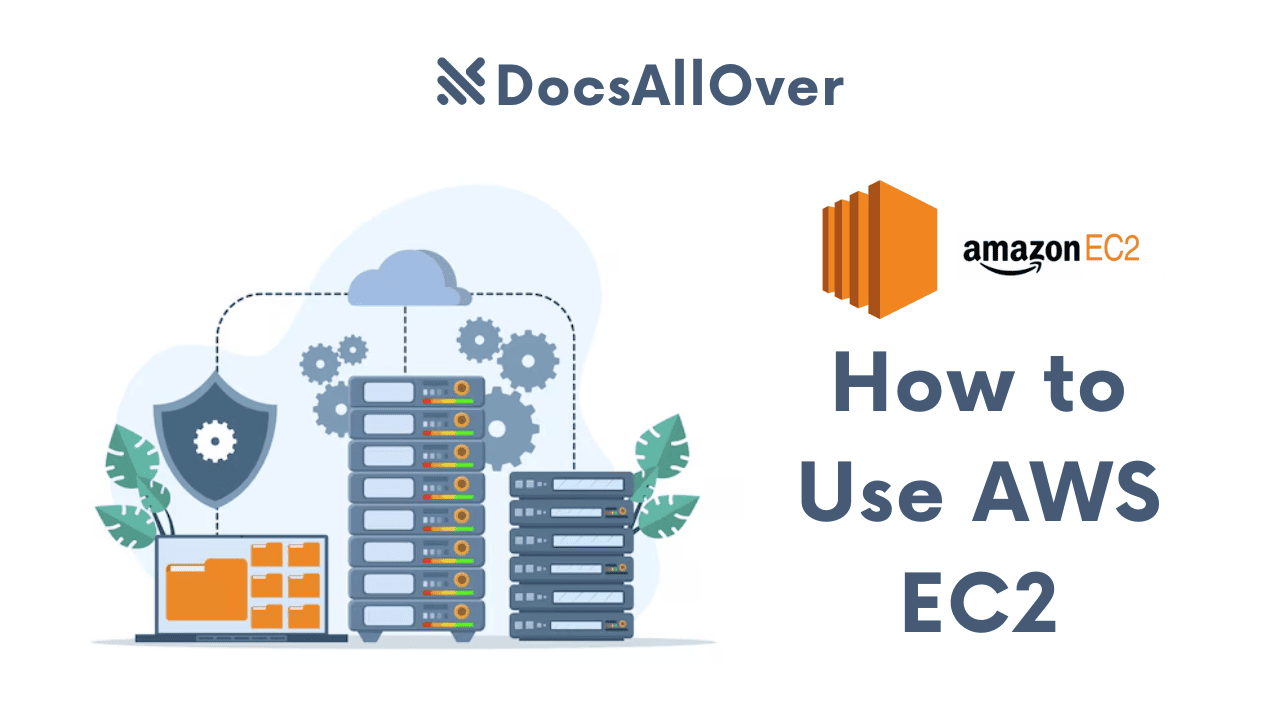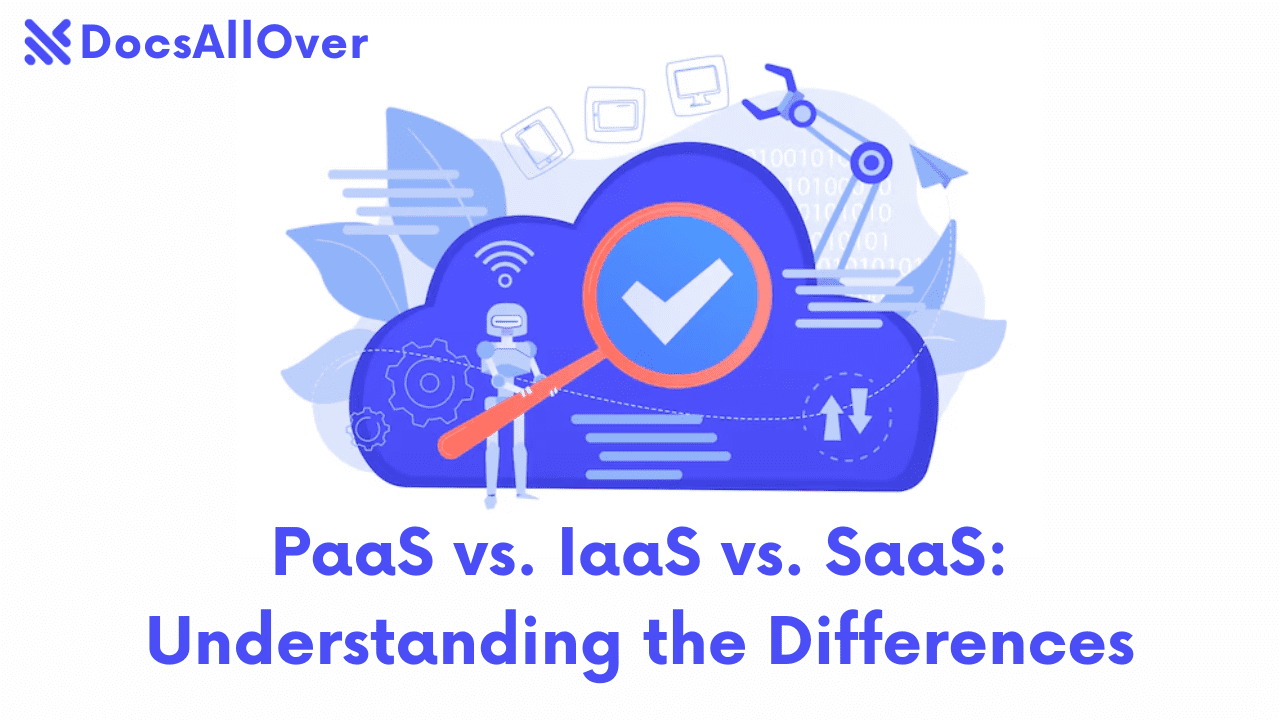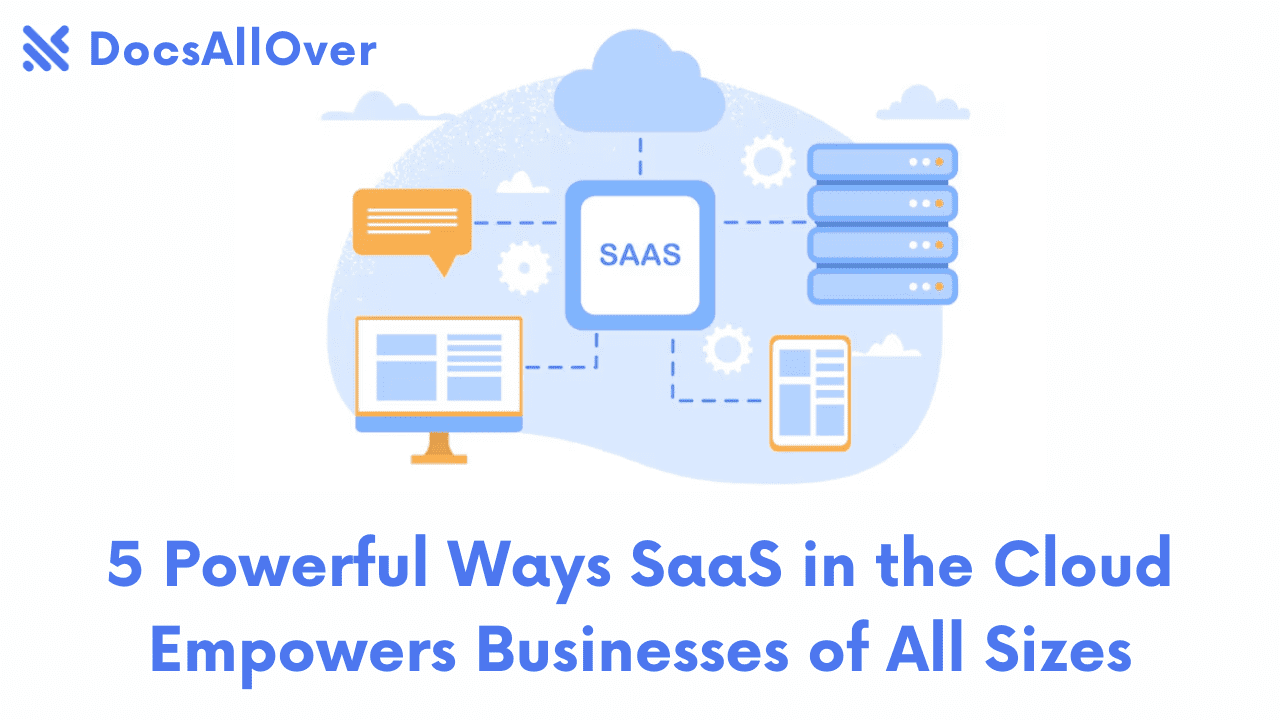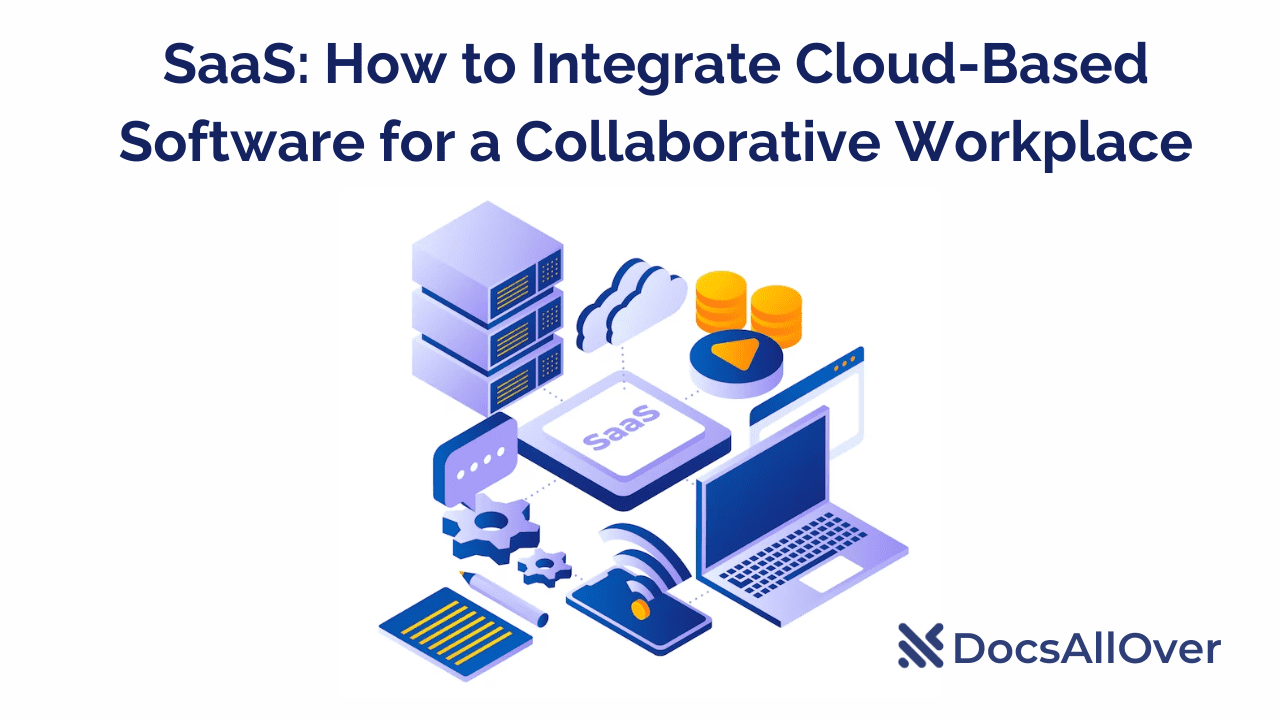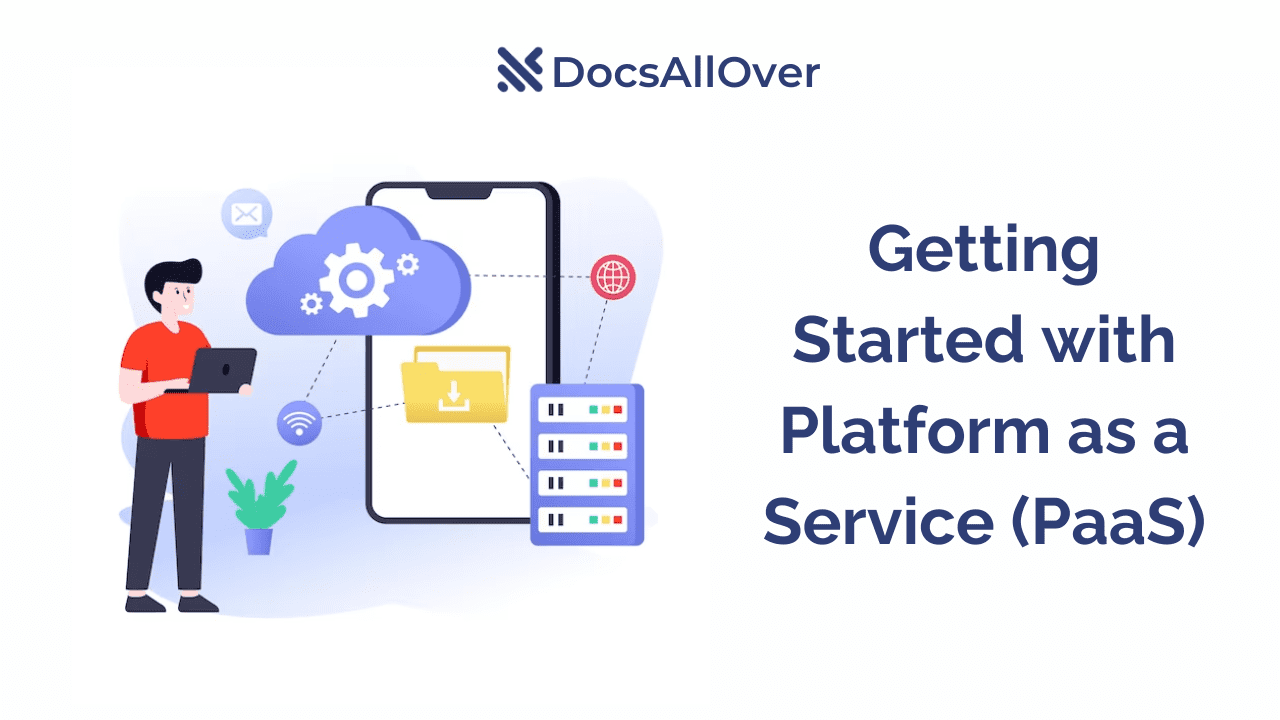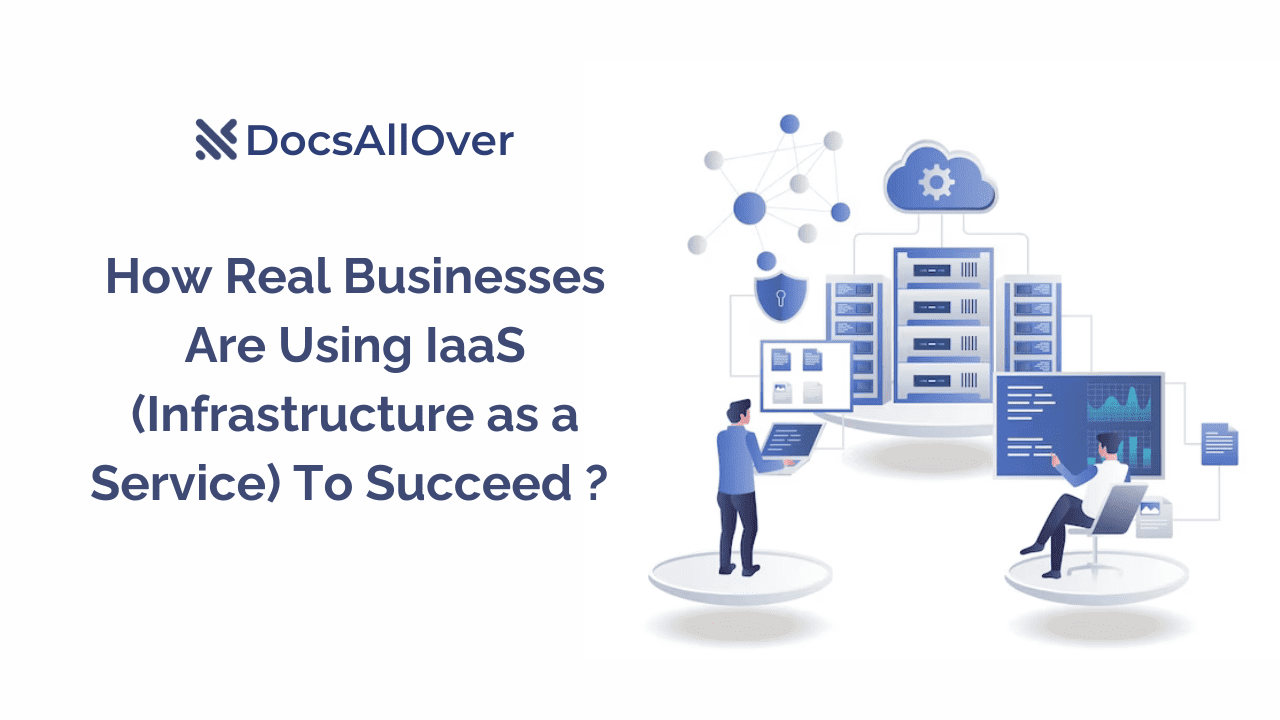The Developer's Playground: Popular PaaS Solutions for Building Applications

What is PaaS?
Platform as a Service (PaaS) is a cloud computing model that provides a cloud-based platform for developers to build, run, and manage applications. PaaS platforms handle the underlying infrastructure, such as servers, operating systems, and databases, allowing developers to focus on building their applications.
Benefits of Using PaaS for Application Development
- Reduced infrastructure management: PaaS providers handle the underlying infrastructure, freeing developers from managing servers, operating systems, and networking.
- Faster development and deployment: PaaS platforms often provide tools and services that streamline the development and deployment process.
- Scalability: PaaS platforms can automatically scale resources up or down based on demand, ensuring that applications can handle varying workloads.
- Cost-effectiveness: PaaS can be a cost-effective solution, as you only pay for the resources you use.
- Integration with other cloud services: Many PaaS platforms integrate seamlessly with other cloud services, such as storage, databases, and analytics.
Overview of Popular PaaS Platforms
Several popular PaaS platforms are available, each with its own unique features and benefits. Here are some of the most widely used platforms:
- Heroku: A popular PaaS platform known for its simplicity and ease of use. Heroku provides a managed environment for deploying and scaling web applications.
- AWS Elastic Beanstalk: A PaaS offering from Amazon Web Services (AWS) that simplifies the deployment and management of applications. It integrates seamlessly with other AWS services, such as EC2, S3, and RDS.
- Google App Engine: A PaaS platform from Google Cloud Platform (GCP) that supports a variety of programming languages and frameworks. It offers automatic scaling, load balancing, and managed services.
- Azure App Service: A PaaS platform from Microsoft Azure that provides a managed environment for building, deploying, and scaling web applications. It integrates with other Azure services, such as Azure SQL Database and Azure Functions.
In the following sections, we will explore each of these platforms in more detail and discuss their key features and benefits.
Heroku: A Popular Choice
Heroku is a popular PaaS platform known for its simplicity and ease of use. It provides a managed environment for deploying and scaling web applications.
Key Features and Benefits of Heroku
- Developer-friendly: Heroku is designed with developers in mind, offering a simple and intuitive interface for deploying and managing applications.
- Platform independence: Heroku supports a wide range of programming languages and frameworks, making it versatile for different development projects.
- Automatic scaling: Heroku can automatically scale your application's resources up or down based on demand, ensuring that your application can handle varying workloads.
- Managed services: Heroku provides managed services for databases, caching, and other infrastructure components, reducing the need for manual management.
- Integrations: Heroku integrates with other cloud services and tools, such as GitHub, GitLab, and Salesforce.
Heroku Deployment and Management
Deploying an application to Heroku is a straightforward process:
- Create a Heroku account: Sign up for a free or paid Heroku account.
- Initialize a Git repository: Create a Git repository for your application.
- Push to Heroku: Push your code to Heroku using the Git command
git push heroku master. - Manage your application: Use the Heroku CLI or web interface to manage your application, including scaling, restarting, and viewing logs.
Heroku Pricing and Plans
Heroku offers a variety of pricing plans to suit different needs and budgets. There is a free plan with limited resources, as well as paid plans with additional features and resources.
AWS Elastic Beanstalk: The Power of AWS
AWS Elastic Beanstalk is a PaaS offering from Amazon Web Services (AWS) that simplifies the deployment and management of applications. It provides a managed environment that handles the underlying infrastructure, allowing developers to focus on building and scaling their applications.
Integration with AWS Services
One of the key benefits of Elastic Beanstalk is its seamless integration with other AWS services. This enables you to easily leverage the power of AWS for tasks such as:
- Storage: Storing your application data in services like Amazon S3 or Amazon EFS.
- Databases: Using managed databases like Amazon RDS or Amazon Aurora.
- Caching: Improving application performance with services like Amazon ElastiCache.
- Analytics: Analyzing your application data with services like Amazon Kinesis and Amazon Redshift.
Elastic Beanstalk Features and Benefits
- Managed environment: Elastic Beanstalk handles the underlying infrastructure, including servers, operating systems, and networking.
- Easy deployment: Deploy applications with a few clicks using the Elastic Beanstalk console or CLI.
- Automatic scaling: Elastic Beanstalk can automatically scale your application's resources up or down based on demand.
- Load balancing: Distribute traffic across multiple instances of your application for improved performance and availability.
- Health monitoring: Elastic Beanstalk continuously monitors your application's health and takes actions to ensure it remains running.
Deploying Applications on Elastic Beanstalk
To deploy an application on Elastic Beanstalk, you typically follow these steps:
- Create an Elastic Beanstalk environment: Specify the desired configuration for your application, such as the platform (e.g., .NET, Java, Node.js), environment type (e.g., single-instance, load-balanced), and instance type.
- Deploy your application: Upload your application code to Elastic Beanstalk. You can use the Elastic Beanstalk console, the AWS CLI, or Git-based deployment.
- Manage your environment: Use the Elastic Beanstalk console or CLI to manage your environment, including scaling, configuration changes, and monitoring.
Google App Engine: Scalability and Flexibility
Google App Engine is a PaaS platform from Google Cloud Platform (GCP) that offers a managed environment for building and deploying web applications. It provides a range of features and benefits to developers.
Google App Engine Features and Benefits
- Scalability: App Engine can automatically scale your application's resources up or down based on demand, ensuring that your application can handle varying workloads.
- Flexibility: App Engine supports a variety of programming languages and frameworks, including Java, Python, Go, PHP, and Node.js.
- Managed services: App Engine provides managed services for infrastructure, databases, and caching, reducing the need for manual management.
- Integration with GCP: App Engine seamlessly integrates with other GCP services, such as Cloud Storage, Cloud SQL, and BigQuery.
Deploying Applications on Google App Engine
Deploying applications on App Engine is a straightforward process:
- Create a project: Create a new project in the Google Cloud Console.
- Configure your application: Specify the runtime environment (e.g., Java, Python) and deployment configuration.
- Deploy your application: Upload your application code to App Engine using the gcloud command-line tool or the App Engine console.
Leveraging Google Cloud Platform Services
App Engine integrates seamlessly with other GCP services, allowing you to leverage their capabilities to enhance your applications. For example, you can:
- Store data: Use Cloud Storage for object storage or Cloud SQL for relational databases.
- Process data: Use BigQuery for data warehousing and analysis.
- Serve machine learning models: Use AI Platform to deploy and manage machine learning models.
- Queue tasks: Use Cloud Tasks to process tasks asynchronously.
Azure App Service: Microsoft's Cloud Platform
Azure App Service is a PaaS offering from Microsoft Azure that provides a managed environment for building, deploying, and scaling web applications. It offers a range of features and benefits to developers.
Azure App Service Features and Benefits
- Scalability: App Service can automatically scale your application's resources up or down based on demand.
- Flexibility: App Service supports a variety of programming languages and frameworks, including .NET, Java, Node.js, Python, and PHP.
- Managed services: App Service provides managed services for infrastructure, databases, and caching, reducing the need for manual management.
- Integration with Azure services: App Service seamlessly integrates with other Azure services, such as Azure SQL Database, Azure Storage, and Azure Functions.
Deploying Applications on Azure App Service
Deploying applications on Azure App Service is a straightforward process:
- Create an App Service plan: Choose a pricing tier and region for your application.
- Create an App Service: Select the programming language or framework you want to use and configure other settings.
- Deploy your application: Upload your application code to Azure App Service using FTP, Git, or the Azure portal.
Integration with Microsoft Azure Services
Azure App Service integrates seamlessly with other Azure services, allowing you to leverage the power of the Microsoft Azure platform. For example, you can:
- Use Azure SQL Database: Store and manage your application data in a managed relational database.
- Leverage Azure Storage: Store files and other data in Azure Blob Storage or Azure File Storage.
- Utilize Azure Functions: Create serverless functions to handle specific tasks within your application.
- Integrate with Azure Active Directory: Implement authentication and authorization using Azure Active Directory.
Comparing PaaS Platforms
Key Differences Between Heroku, Elastic Beanstalk, and App Service
| Feature | Heroku | AWS Elastic Beanstalk | Azure App Service |
|---|---|---|---|
| Platform provider | Salesforce | Amazon Web Services (AWS) | Microsoft Azure |
| Integration with other services | Strong integration with Salesforce services | Deep integration with AWS services | Strong integration with Microsoft Azure services |
| Pricing model | Pay-as-you-go | Pay-as-you-go | Pay-as-you-go |
| Deployment options | Git-based deployment, Heroku CLI | Git-based deployment, Elastic Beanstalk console | Git-based deployment, Visual Studio, Azure CLI |
| Supported languages and frameworks | Wide range of languages and frameworks | Supports many popular languages and frameworks | Supports .NET, Java, Node.js, Python, PHP, and more |
Factors to Consider When Choosing a PaaS Platform
- Platform provider: Consider your existing cloud infrastructure and preferences for specific providers.
- Integration with other services: If you use other services from a particular cloud provider, it may be easier to integrate with their PaaS platform.
- Pricing: Compare the pricing models and costs associated with each platform.
- Features and capabilities: Evaluate the specific features and capabilities offered by each platform to ensure they meet your needs.
- Community and support: Consider the size and activity of the platform's community and the level of support available.
Use Cases for Each Platform
- Heroku: Suitable for developers who prefer a simple and intuitive platform with strong integration with Salesforce services.
- AWS Elastic Beanstalk: A good choice for organizations that are already heavily invested in AWS and want to leverage its ecosystem.
- Azure App Service: Ideal for developers who are familiar with Microsoft technologies and want to integrate with other Azure services.
Ultimately, the best PaaS platform for you will depend on your specific needs and preferences. It is recommended to evaluate each platform based on your requirements and consider factors such as cost, performance, and ease of use.



